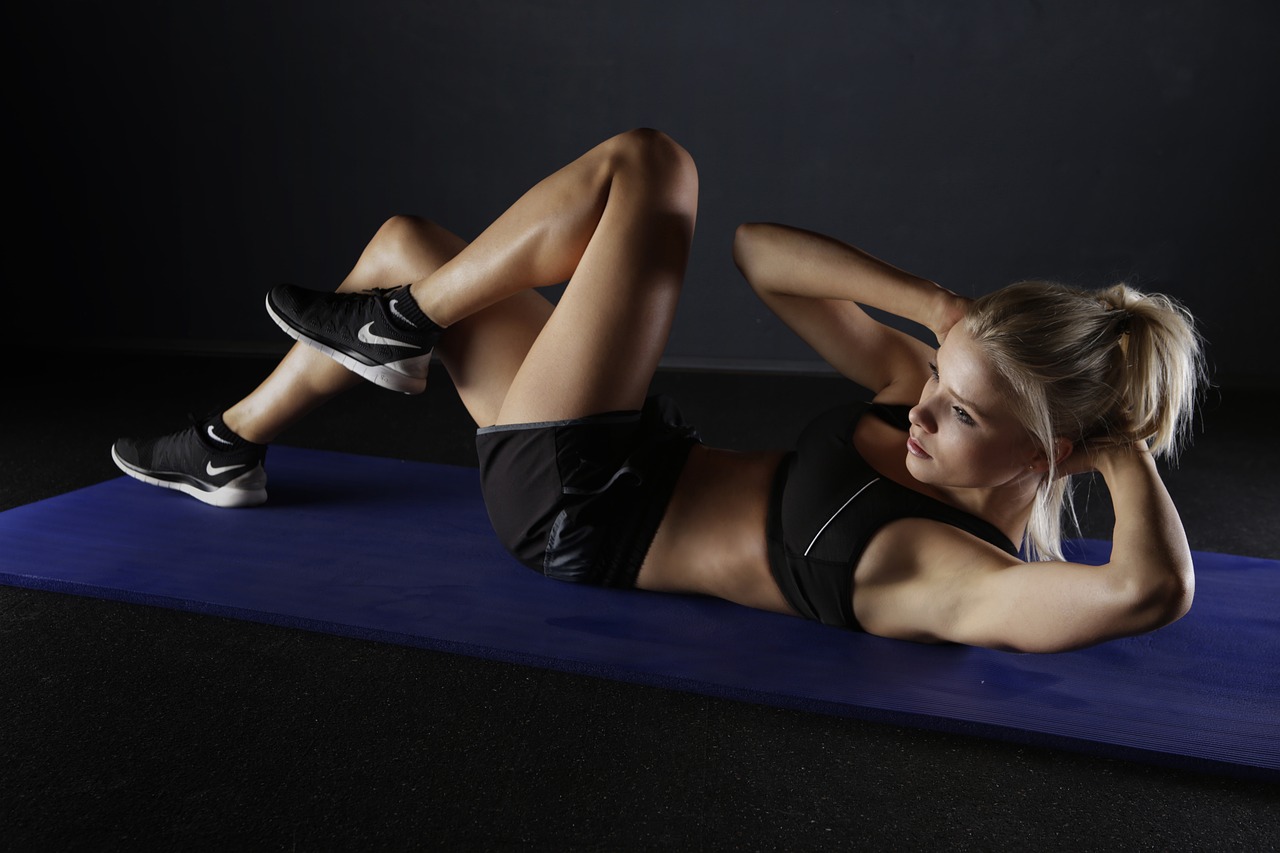In the pursuit of a stronger, more resilient body, the core stands as the foundational pillar. Comprising a complex network of muscles, tendons, and ligaments, the core serves as the stabilizing force for virtually every movement we make. Thus, cultivating core strength is paramount not only for athletic performance but also for overall health and well-being.
What is the Core?
At its core (pun intended), the term “core” refers to more than just the abdominals. It encompasses muscles that span the torso, including the rectus abdominis, obliques, transverse abdominis, and muscles of the lower back and pelvic floor.
Importance of Core Strength
Core strength is not merely about aesthetics; it’s about functional fitness. A robust core provides stability and support for the spine, improves posture, enhances athletic performance, and reduces the risk of injury in everyday activities.
Plank Variations
Traditional Plank
The traditional plank is a static exercise where you maintain a push-up position with your body weight supported on your forearms and toes. Engaging the core, glutes, and shoulders, it’s a simple yet effective way to build endurance and stability.
Side Plank
The side plank targets the obliques and lateral muscles of the core. By balancing on one forearm and the side of one foot, you engage in a lateral stabilization exercise that promotes symmetry and balance between the left and right sides of the body.
Reverse Plank
In contrast to the traditional plank, the reverse plank emphasizes the muscles of the posterior chain, including the glutes, hamstrings, and lower back. By lifting the hips towards the ceiling while supporting your weight on your hands and heels, you activate muscles often neglected in traditional core exercises.
Russian Twists
Technique
To perform Russian twists, sit on the floor with your knees bent and feet elevated slightly off the ground. Holding a weight or medicine ball with both hands, rotate your torso from side to side, tapping the implement on the floor beside you with each twist.
Benefits
Russian twists target the obliques and transverse abdominis, improving rotational strength and stability. Additionally, they engage the hip flexors and erector spinae muscles, promoting spinal health and flexibility.
Bicycle Crunches
Execution
Lie on your back with your hands behind your head and legs extended. Bring one knee towards your chest while simultaneously rotating your torso to touch the opposite elbow to the knee. Alternate sides in a fluid, cycling motion.
Muscles Targeted
Bicycle crunches effectively engage the rectus abdominis and obliques, mimicking the motion of pedaling a bicycle. This dynamic exercise not only strengthens the core but also improves coordination and balance.
Leg Raises
Types of Leg Raises
Leg raises can be performed in various positions, including lying flat on your back, hanging from a pull-up bar, or supported on parallel bars. Each variation targets slightly different muscles within the core, offering a comprehensive workout.
Proper Form
Maintain a controlled motion throughout the exercise, avoiding swinging or momentum. Focus on lifting your legs using the strength of your core muscles, rather than relying on momentum from other parts of the body.
Stability Ball Rollouts
Equipment Needed
For stability ball rollouts, you’ll need a stability ball and a smooth surface to roll on, such as a gym mat or hardwood floor. The stability ball adds an element of instability, requiring greater core activation to maintain balance and control.
Step-by-Step Guide
Kneel on the floor with the stability ball in front of you. Place your forearms on the ball and roll it away from your body while maintaining a straight line from head to heels. Once you’ve extended as far as you can while maintaining control, reverse the motion to return to the starting position.
Incorporating these five exercises into your workout routine can significantly enhance core strength and stability. Remember to focus on proper form and technique, gradually increasing intensity and difficulty as your strength improves. With dedication and consistency, you’ll build a stronger, more resilient core that supports you in all aspects of life.
Please like, comment, and share this article if you found it helpful and
informative.
Visit https://bigtownbulletin.com if you would like to see more of this content.
Please like, comment, and share this article if you found it helpful and
informative.
For more news check out Big Town Bulletin News
For more from Big Town Bulletin check out Big Town Bulletin


